Everyone struggles with garden design. Whether you have a small patio garden or a 20-acre farm, you want to be able to grow vegetables for your family and not have it be all-consuming.
Make the most of your yard by using raised beds and putting them in underappreciated parts of the yard. These vegetable garden plans will help you to imagine your empty space as a productive garden.
Sit back and relax while you imagine yourself in these beautiful gardens (the work comes later).
Urban Homestead Vegetable Garden Plans

You can homestead anywhere. This is one of the best vegetable garden plans for a narrow city lot. I love how the path invites you to just amble through the garden.
This garden uses raised beds that are easy to reach across and can be filled with the optimum soil. A lot of vegetables are packed into a small space which will make any city gardener a true homesteader.
The Cook’s Choice Vegetable Garden Plan
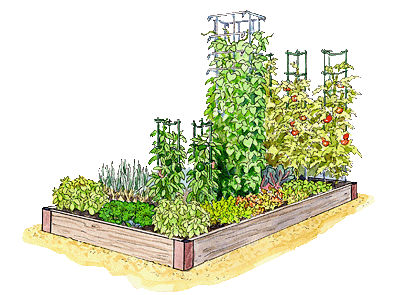
Do you only have space for one raised bed and want to make the most of it? This Cook’s Choice garden is set up using the square foot gardening method with an easy to follow grid pattern.
In this garden plan, you plant herbs, salad greens, tomatoes, peppers, and beans. The cooking combinations are endless — not to mention fresh salads. This small garden would be great for beginners.
3-Season Raised Vegetable Garden Plans
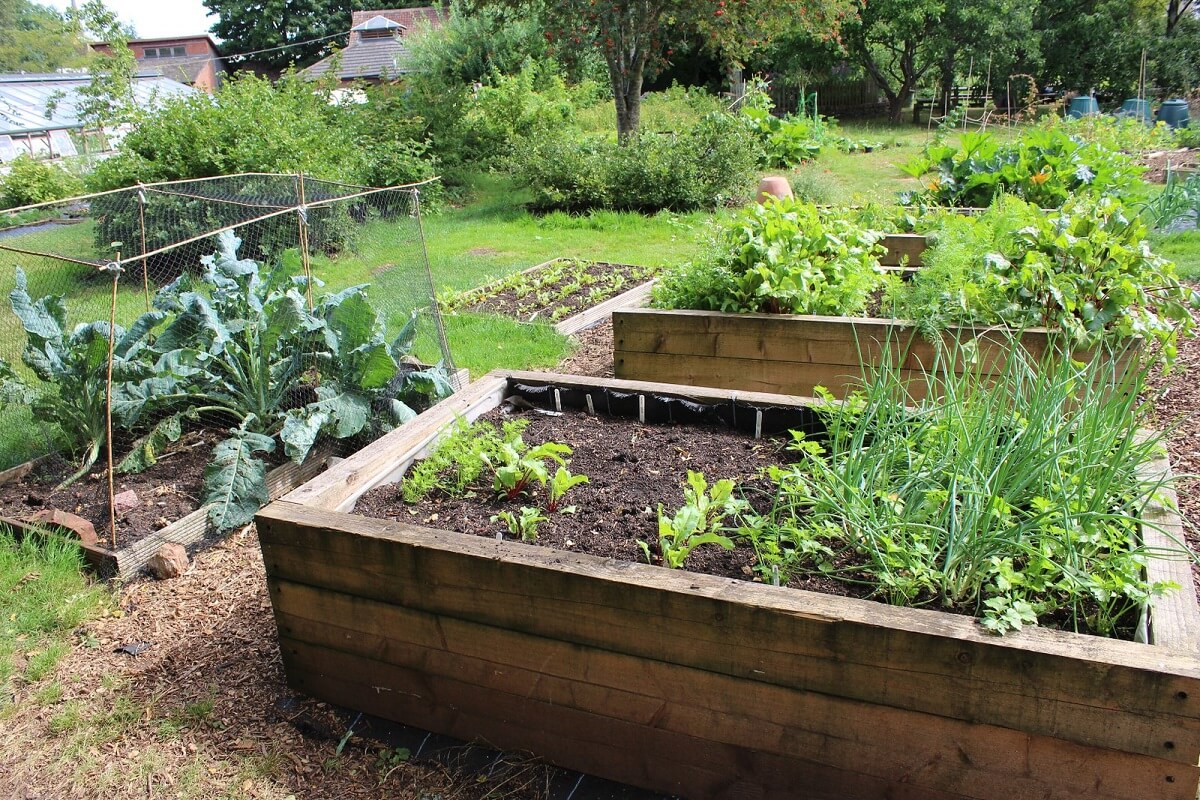
Gardening is not limited to the summer. This garden keeps on producing through three seasons. I like that they have a list of plants and a checklist to help you stay on task. Very efficient.
Raised beds are used to help keep your gardens tidy and well organized. This garden keeps producing because every time a crop is finished you immediately replace it with another plant so it’s consistently producing.
Wood Pallet Vegetable Garden Plans
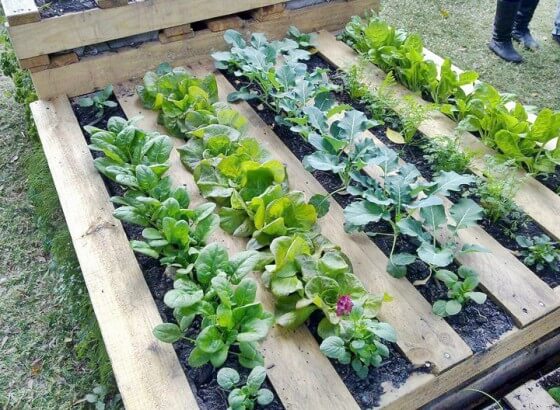
If you’re able to get your hands on some untreated wood pallets, transform them into a raised garden bed. This plan is a good solution for small yards and decks and will provide you with lots of greens for your family.
Related Post: Pallet Garden: 19 Ideas for the Ultimate Upcycle
These plans are also super customizable and allow you to easily control the quality of the soil.
The Cucumber Farm
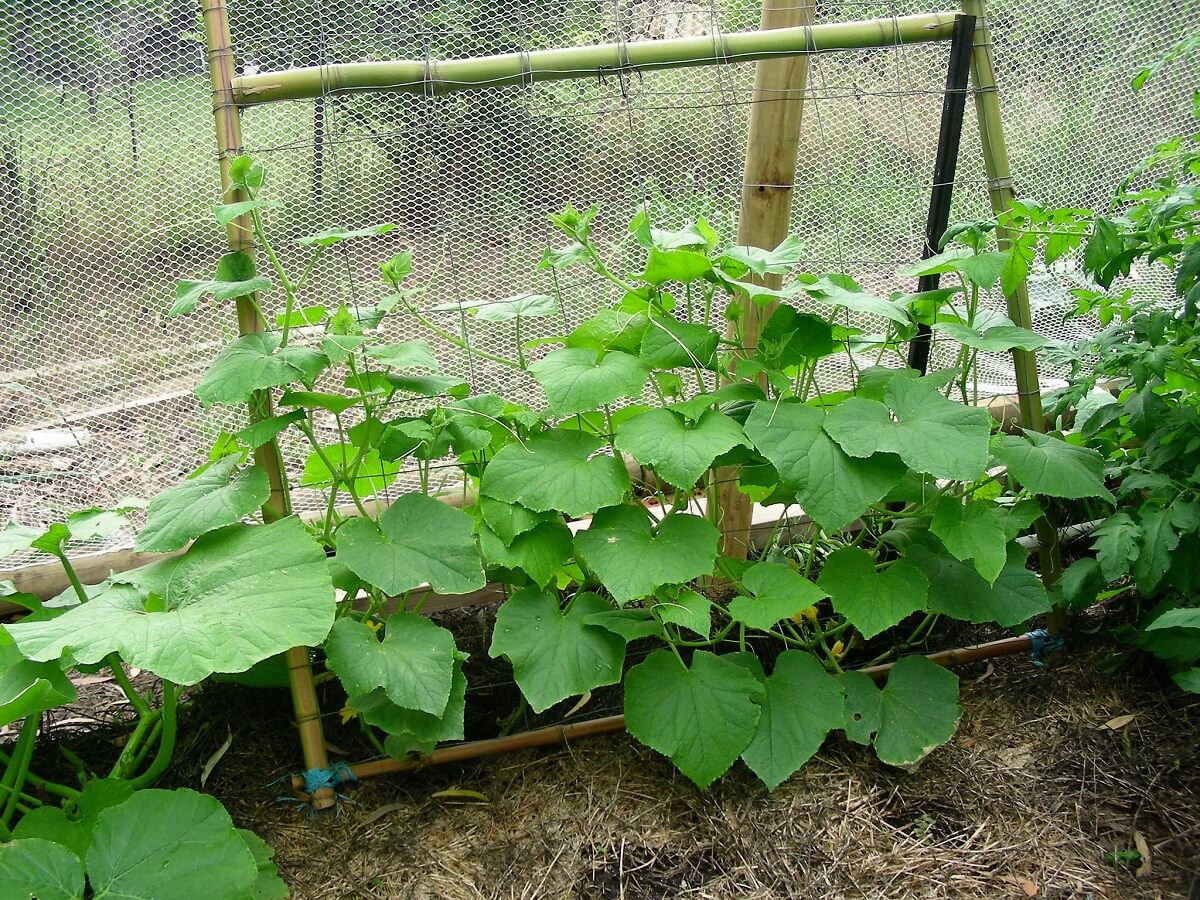
I love the originality of this garden. It’s a cucumber farm. Plant several different types of cucumbers for pickling, salads, or stir-fries.
Fun for the family, young children will enjoy the tent-style trellis. Give them a book and let them curl up under the cucumbers for a relaxing moment.
20-by-20 Vegetable Garden Plans
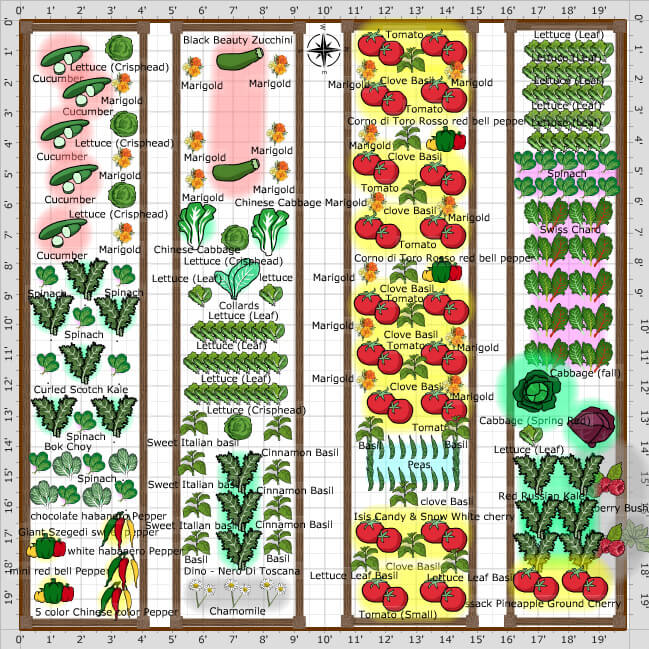
This is a great 20-by-20 garden that uses raised beds and will provide a small family with their fresh vegetables.
I like the way the designer makes use of the space in the beds to grow a variety of veggies. The only thing I would change is making the aisles bigger so you could fit a wheelbarrow down them.
32-by-56 Vegetable Garden Plans
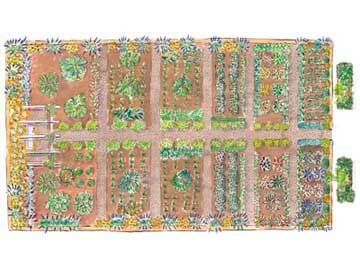
Are you a gourmet cook or do you have a family? This more advanced Ultimate Kitchen Garden design has been tested by chefs who made numerous dishes from the vegetables grown here.
A large 32-by-56 garden holds tons of plants yet looks easy to manage. I like that the design includes pest deterrents (such as marigolds) to be planted along the edges.
This garden would need a few hours a week to attend to, but it would be a labor of love.
Semi-Formal Vegetable Garden Plans
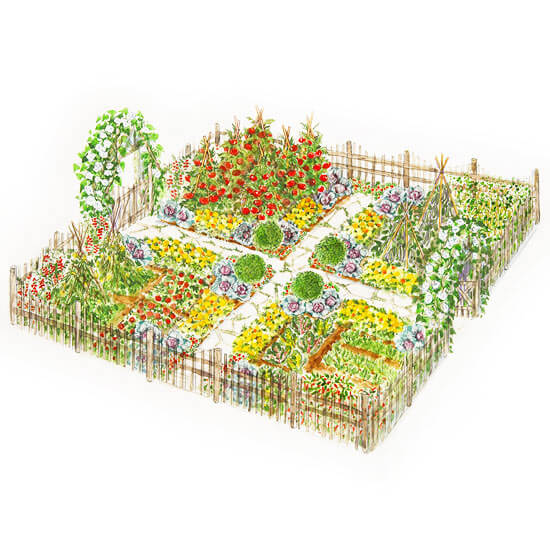
Do you have a growing family, are planning on doing some canning, or want to sell food at the local farmers market? This garden plan is for you. Plenty of room in 30-by-30 square feet — which includes four beds that are 13-by-13.
This garden will take a bit more work and is best for someone with prior garden experience.
50-by-50 Raised Bed Vegetable Garden Plans
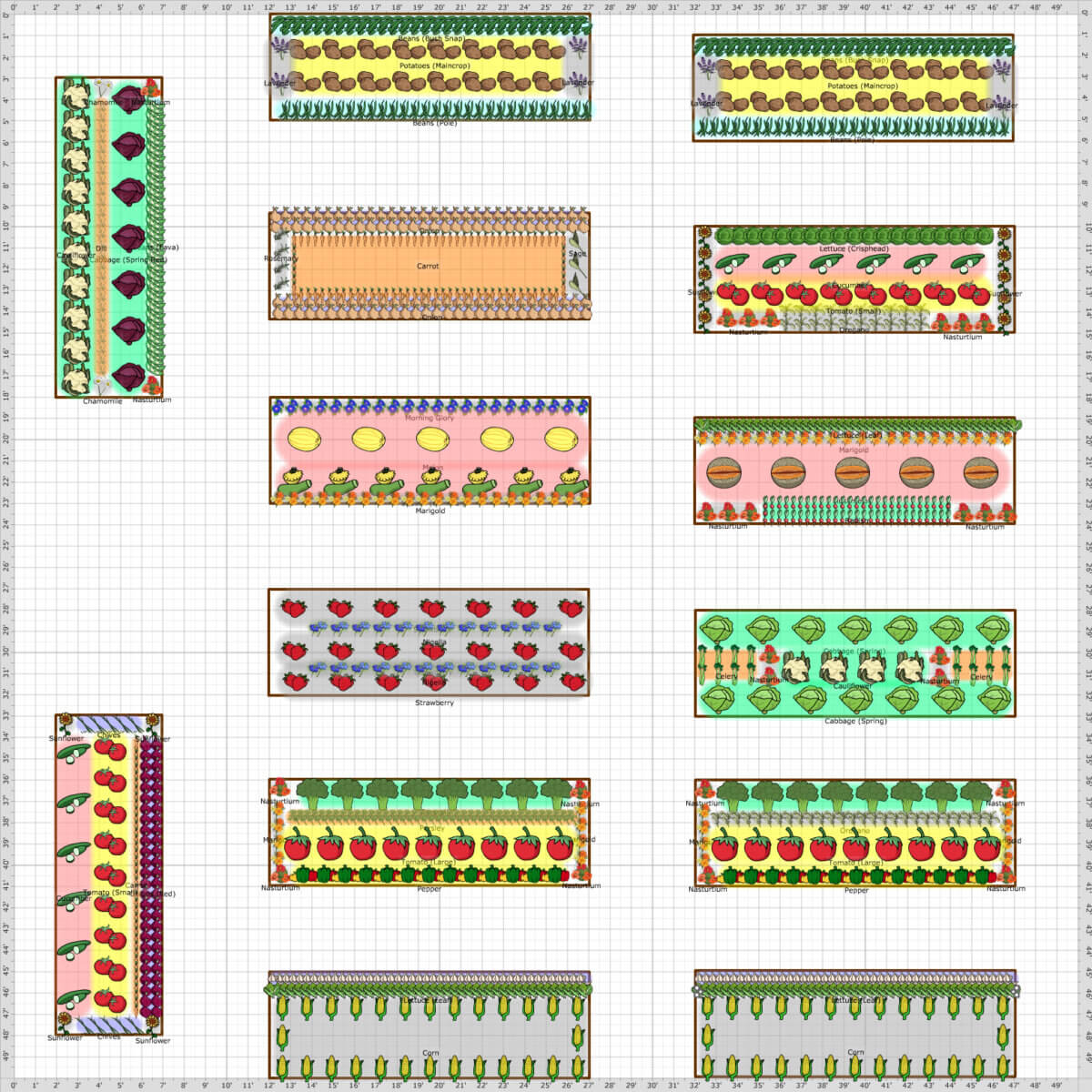
This medium to large-sized garden measures 50-by-50 feet and contains raised beds. I really like the mix of sizes. It offers a fun visual contrast and will give you areas to combine plants with similar growing needs. Lots of great instructions are included in the download.
Fall Vegetable Garden Plan
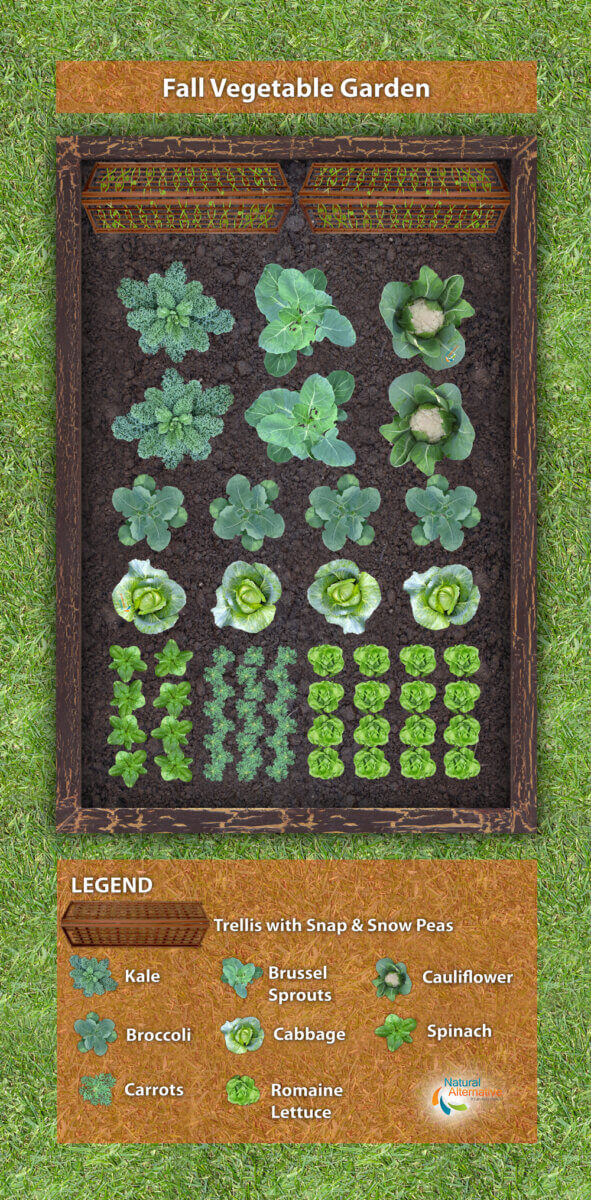
In fall, some of the best greens of the season are at their peak: kale, cabbage, broccoli, spinach, and more. This garden plan is specifically for those veggies and having all your fall veggies in one area makes harvesting and caring for them a lot easier.
Seeds and starts for this garden plan should be planted mid to late summer in order to have a productive harvest before the first frost. There isn’t a specific size requirement for this plan, but in general, you’ll want to give your starts as much space as you can so they don’t get overcrowded as they grow.
When To Start Planning
It’s never too early or too late to begin planning new garden spaces. The ideal time to plan a vegetable garden is in the winter. I love to do my planning in a rocking chair in front of the woodstove. I pour over landscaping books and seed catalogs.
A plan makes your garden so much better. It is important to consider what you want to grow. You don’t want to grow food that no one will eat. Have a family meeting and take input on everyone’s favorite vegetable.
Set goals for yourself. For example, “This year I will grow 10 Rutgers tomatoes and make twenty quarts of spaghetti sauce.” Or, “I will use the square foot gardening method to have a 4-by-4 garden bed that will provide my family with fresh salads for summer.
You want your goal to be actionable and attainable. Don’t just write a goal that says “I will plant a 10-by-10 garden so we have fresh vegetables.” Make it more specific.
What’s A Good Size For A Vegetable Garden?
That is the million-dollar question, and I cannot answer it for you. Only you have the answer. Think about these factors.
How big is your family?
One rule of thumb states the garden should be 100 square feet per person. A space that’s 10-by-10 feet is a good guideline for beginners.
How much time do you have to devote to your garden?
Every garden requires work and maintenance. Your plants won’t grow themselves. For a garden that’s 100 hundred square feet, you will need to spend approximately 15 minutes per day doing garden chores. So not quite 2 hours a week.
Related Post: What Size Is Best For A Vegetable Garden?
That time may vary from week to week. One week you may get plenty of rain and that will cut down on watering. The next week you decide to rip out the spent spinach bed and replant it with summer squash. That may take a bit longer.
What makes 100 hundred square feet per person nice is that it is still a manageable size. If your garden is bigger it may have issues, and you will get discouraged.
How many vegetable dishes does your family eat every week?
Are vegetables a side dish or the main course in your home? If you follow a vegan diet, you may eat more vegetables than the average omnivore.
Do you want to have fresh vegetables and also preserve vegetables for winter?
If you are planning to preserve food and can things like spaghetti sauce and salsa, or freeze beans, you will need to add an additional 50 square feet per person. The additional space will give room for extra plants for canning.
Vegetables That Are Ideal For Raised Beds
Raised beds are perfect for all types of gardening. All vegetables thrive in raised beds, and raised beds allow you to tailor your soil to meet the needs of the plants.
When choosing soil for your raised bed, don’t just fill it with dirt. Fill your raised bed with lightweight potting soil, compost, peat moss, leaf litter, and maybe some vermiculite. It will allow your plants to spread their roots and grow quickly.
Related Post: How to Build a Raised Bed with Grass Sod Walls
You can also modify the soil to meet the needs of specific plants. For instance, when growing root crops in a raised bed, carrots appreciate a bit of wood ash or sand to help them grow long, straight, and delicious.
Another advantage of raised beds is that you don’t have to stoop and bend as much. In fact, you can build a raised bed on legs that you access by standing or from a wheelchair. And because you are using light soil, you could even move it around a patio.
Take the time to ogle garden designs and make plans. The time you spend doing some research now will save you time and effort when it comes to planting season.


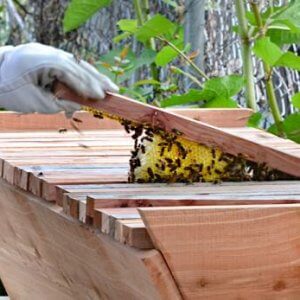




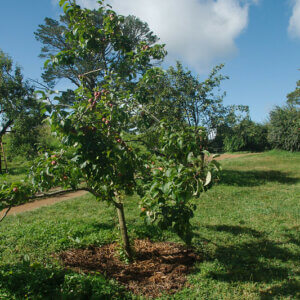

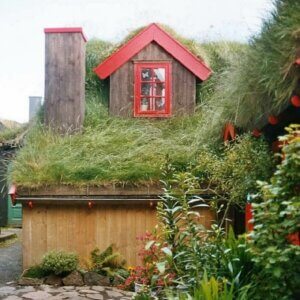

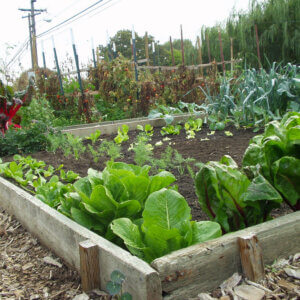


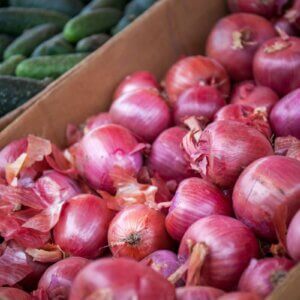

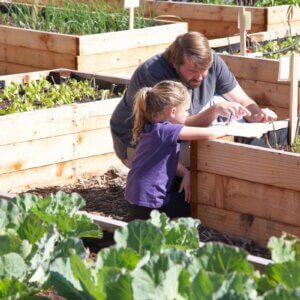

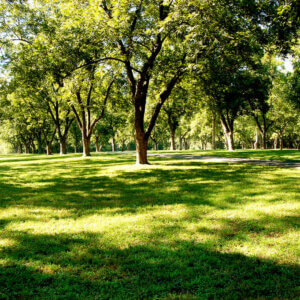



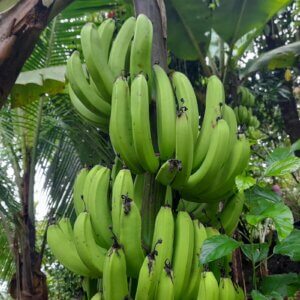

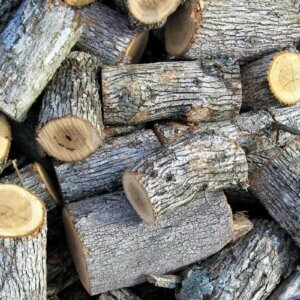
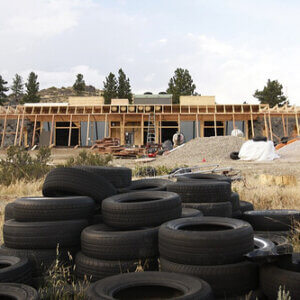
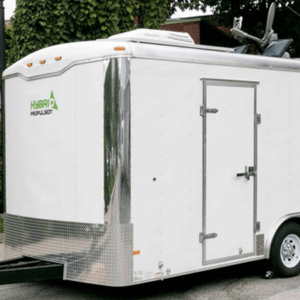
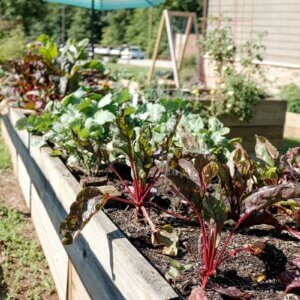
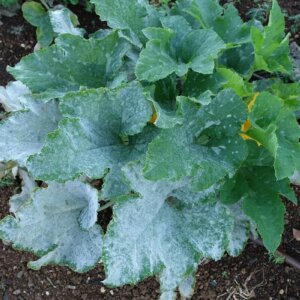
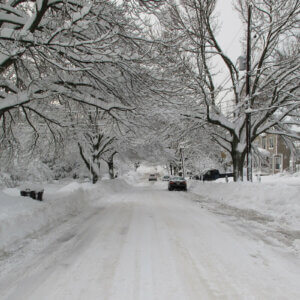

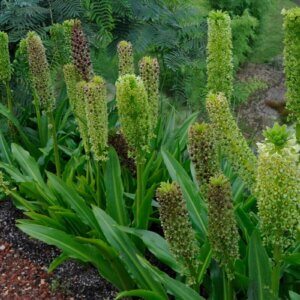
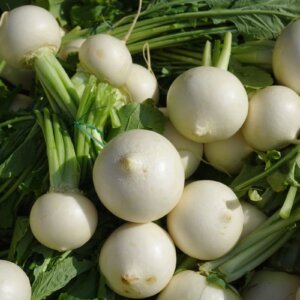


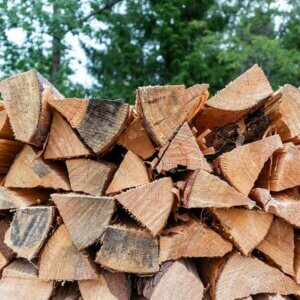
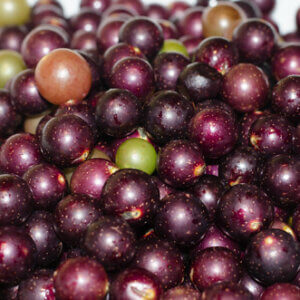
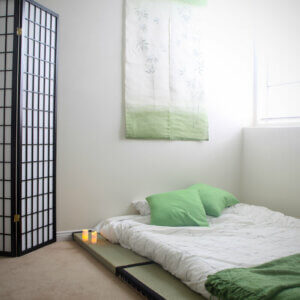



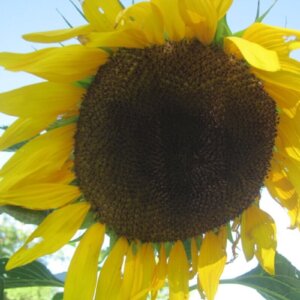
Loving these plans! Thanks so much for compiling them for us and all of the additional information. I’m just about to plant my fall garden in raised beds and containers for the first time so this was quite helpful.